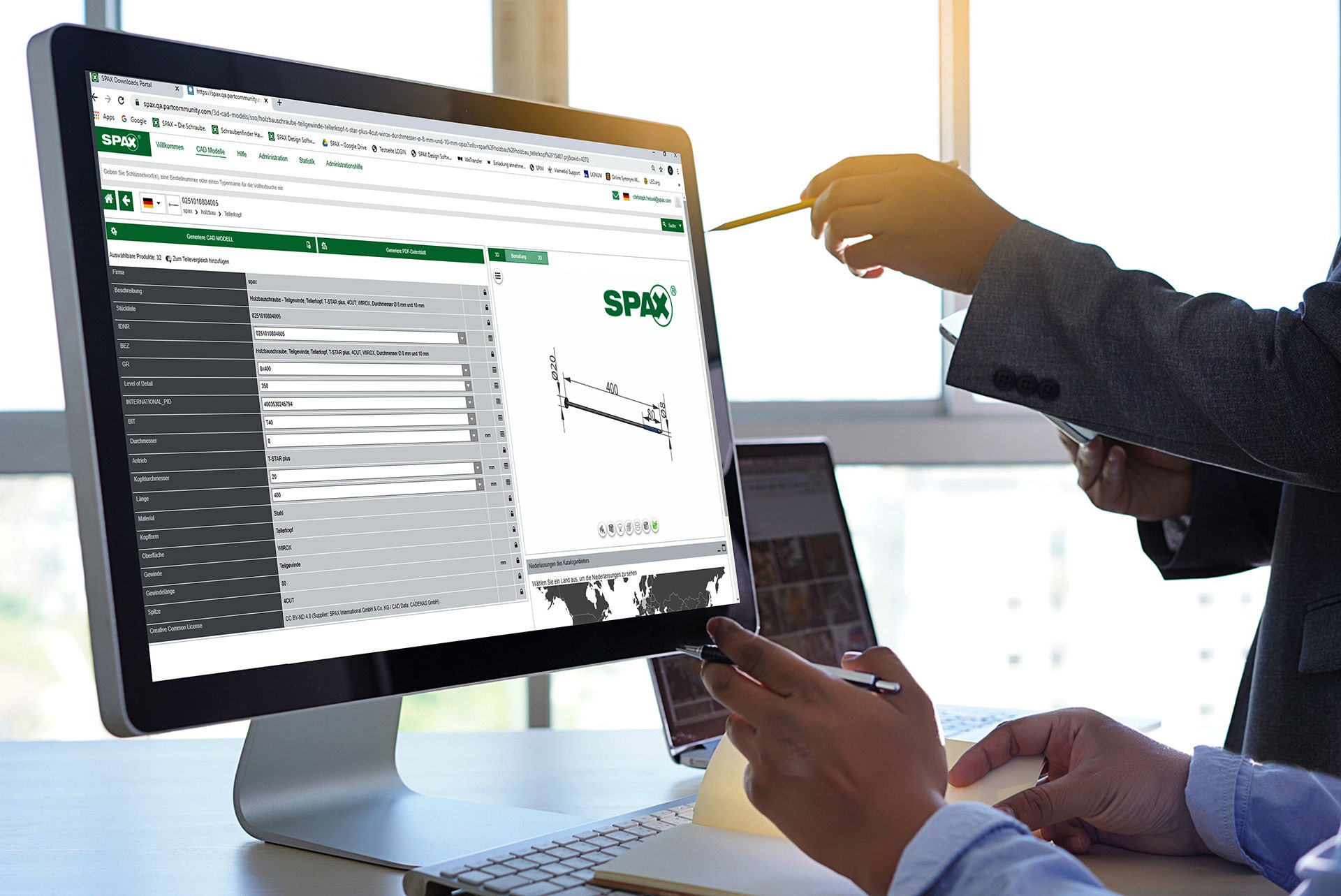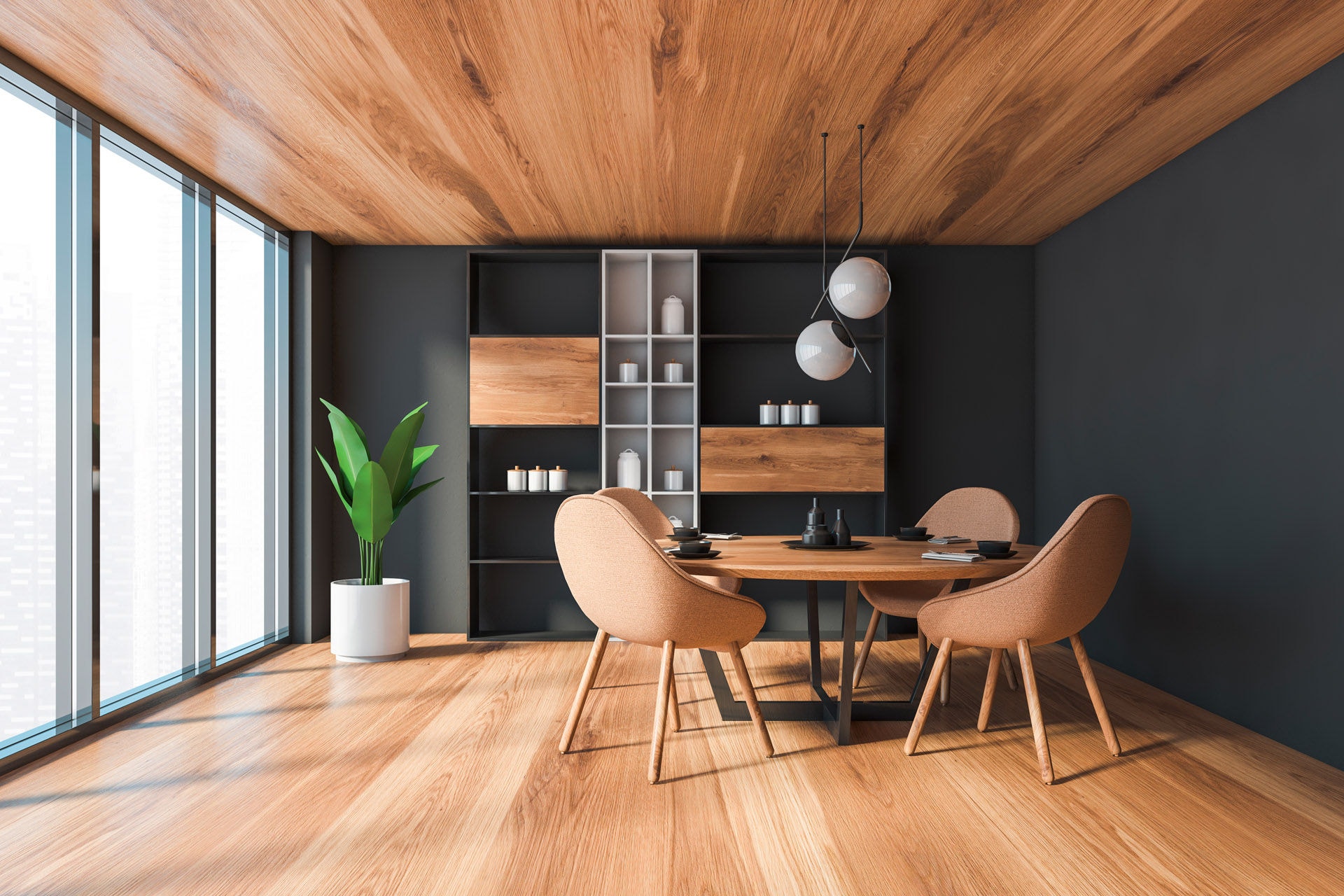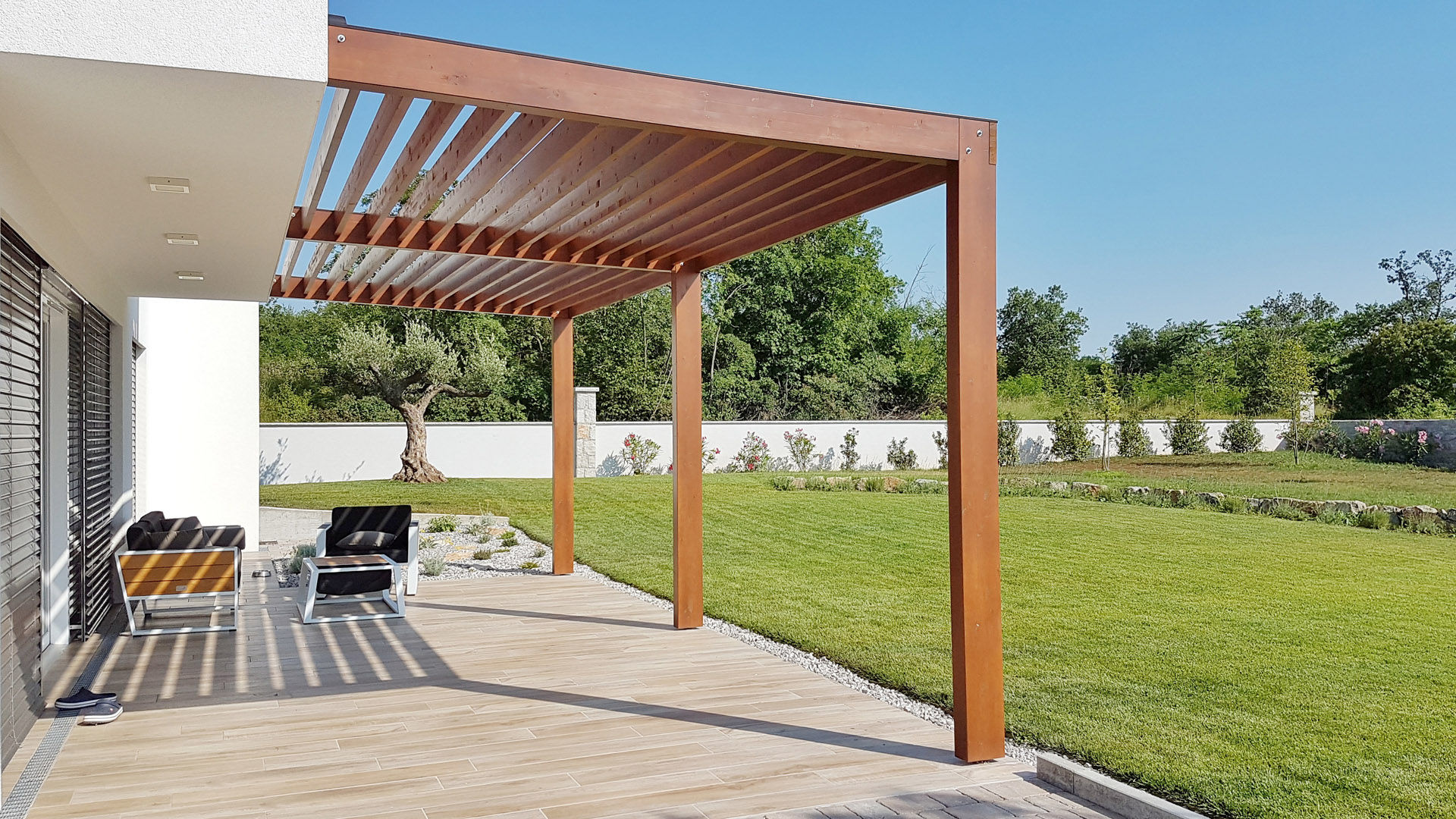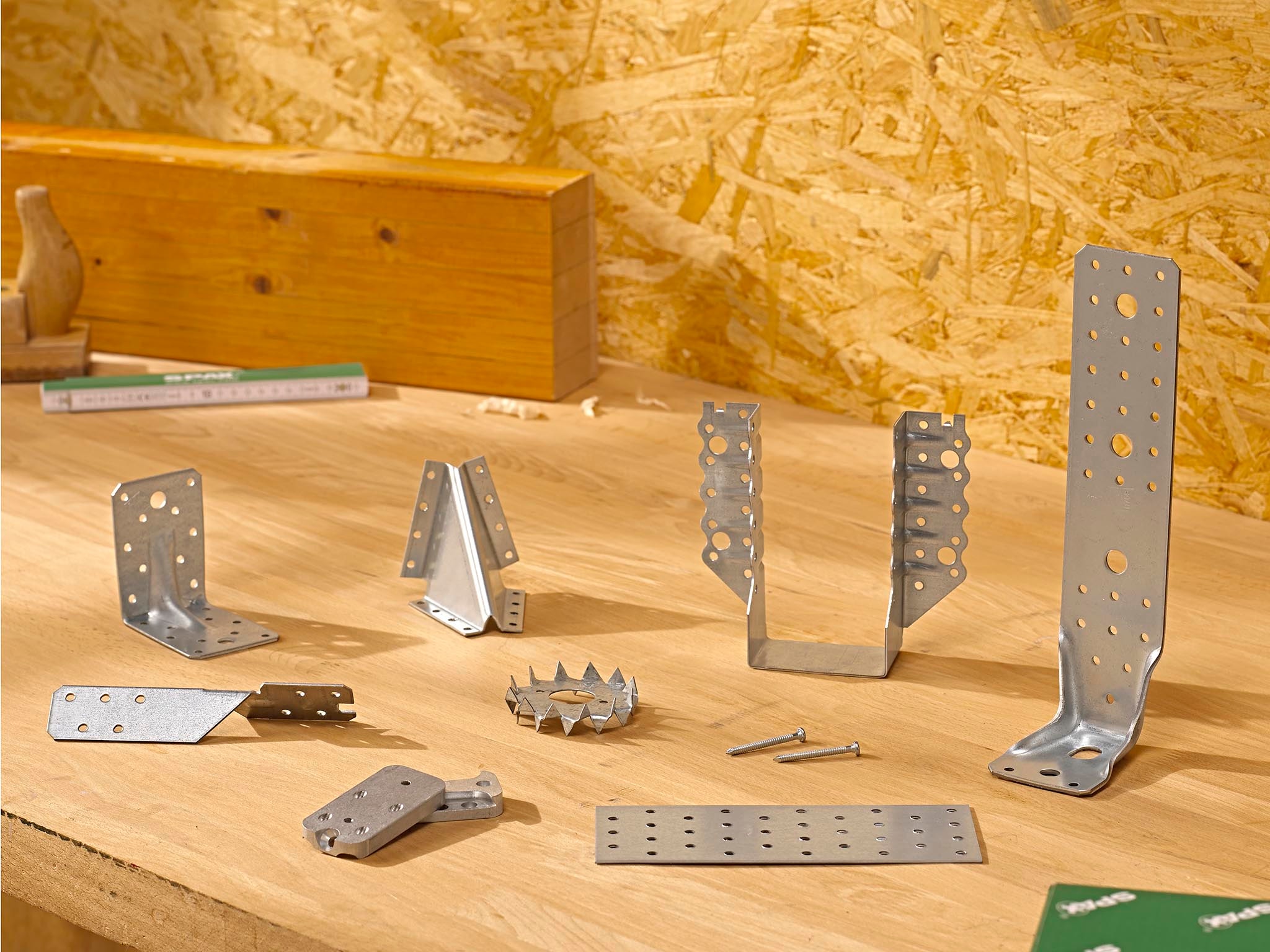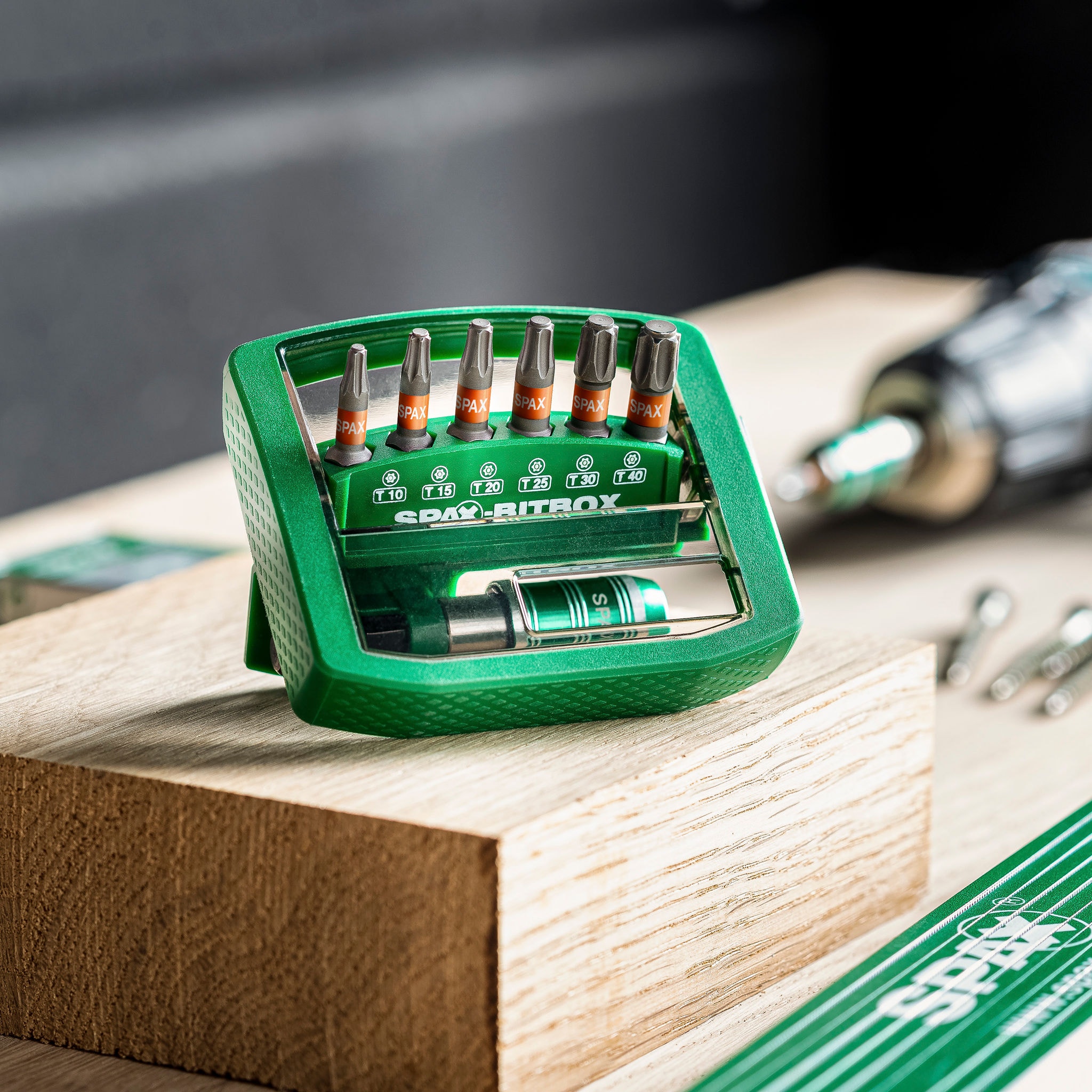- Engineering. Made in Germany.
- SPAX - we care.
- Description
- Short Description
- Technical Details
- Downloads
- Certificates
In contrast to the single-slot drive, the cross recess drive (also known as a Phillips drive) offers the advantage that the screwdriver blade can no longer slip out to the side and cause damage to the workpiece. Due to the tapering of the inner flanks in the cross recess, however, an axial force occurs when the screw is tightened, which pushes the blade out of the drive. This phenomenon is also known as the cam-out effect. The cross recess H drive is also used on our window construction screws (FEX), since the screwing-in torque is not too high. What this means for you: A simple Phillips screwdriver is all you need to install your windows quickly and securely.
The bugle head is only found on very few screws. It is predominantly used on drywall screws for fastening plasterboard. The concave, bugle-shaped design of the head offers a large enough surface to powerfully pull the plasterboards towards the substructure without completely piercing the top layer of cardboard. This is important since only the cardboard offers sufficient pull-through resistance – the brittle plasterboard core can't. The screw heads are inserted into the cardboard layer at a depth of approx. 1 mm so that they can be filled flush with the surface. What this means for you: Simple and rapid dry lining, screws sit perfectly in the board surface.
In contrast to the partial thread, the full thread on most of our full-thread screws covers the entire – or most of – the screw length from tip to head. The more thread turn a screw has, the greater the tensile and compressive forces that can be absorbed by these screws. We make particular use of this in structural wood construction, where our full-thread screws are called upon for heavy-duty wood connections. What this means for you: Wood connections with full-thread screws offer maximum reliability when it comes to resilience, and there's no need to use any ugly zinc-plated fittings!
Our needle point is characterised by a steeper, longer screw tip. This enables sturdy, precise screw-setting on smooth substrates. It also ensures a rapid start in metal and plastic profiles. What this means for you: No slipping on smooth surfaces, less exertion during fastening.
Phosphate coating involves the application of a well-adhering phosphate layer to steel components such as screws. Our phosphate-coated GIX screws are predominantly used in dry lining. They offer two advantages here: on the one hand, they don't absorb moisture like galvanised screws do – which means no dark staining on wall surfaces. On the other hand, phosphate-coated screw heads provide perfect adhesion for joint filler in the dry lining. What this means for you: Screw holes are very easy to fill in dry lining, resulting in perfect wall surfaces.
In contrast to the single-slot drive, the cross recess drive offers the advantage that the screwdriver cannot slip out to the side and cause damage to the workpiece. The cross recess H drive is used on our window construction screws (FEX) and drywall screws (GIX), since the screwing-in torque is not too high.
The bugle head is only used on drywall screws for fastening plasterboard. The concave, bugle-shaped design of the head offers a large enough surface to pull the plasterboards towards the substructure without completely piercing the top layer of cardboard. The screw heads are inserted into the cardboard layer at a depth of approx. 1 mm so that they can be filled flush with the surface.
Unlike the partial thread, the full thread spans the entire screw length. The more thread turn a screw has, the greater the tensile and compressive forces that can be transferred by these screws to the wood. Our full-thread screws are predominantly used for heavy-duty wood connections.
Our needle point is characterised by a steeper, longer screw tip. This enables sturdy, precise screw-setting on smooth substrates. It also ensures a rapid start in metal and plastic profiles.
Phosphate coating involves the application of a phosphate layer to steel components such as screws. Our phosphate-coated GIX screws for dry lining offer two advantages: on the one hand, they don't absorb moisture like zinc-plated screws do – which means no dark staining on wall surfaces. On the other hand, phosphate-coated screw heads provide perfect adhesion for joint filler.
| Document Type | Format |
|---|
In contrast to the single-slot drive, the cross recess drive (also known as a Phillips drive) offers the advantage that the screwdriver blade can no longer slip out to the side and cause damage to the workpiece. Due to the tapering of the inner flanks in the cross recess, however, an axial force occurs when the screw is tightened, which pushes the blade out of the drive. This phenomenon is also known as the cam-out effect. The cross recess H drive is also used on our window construction screws (FEX), since the screwing-in torque is not too high. What this means for you: A simple Phillips screwdriver is all you need to install your windows quickly and securely.
The bugle head is only found on very few screws. It is predominantly used on drywall screws for fastening plasterboard. The concave, bugle-shaped design of the head offers a large enough surface to powerfully pull the plasterboards towards the substructure without completely piercing the top layer of cardboard. This is important since only the cardboard offers sufficient pull-through resistance – the brittle plasterboard core can't. The screw heads are inserted into the cardboard layer at a depth of approx. 1 mm so that they can be filled flush with the surface. What this means for you: Simple and rapid dry lining, screws sit perfectly in the board surface.
In contrast to the partial thread, the full thread on most of our full-thread screws covers the entire – or most of – the screw length from tip to head. The more thread turn a screw has, the greater the tensile and compressive forces that can be absorbed by these screws. We make particular use of this in structural wood construction, where our full-thread screws are called upon for heavy-duty wood connections. What this means for you: Wood connections with full-thread screws offer maximum reliability when it comes to resilience, and there's no need to use any ugly zinc-plated fittings!
Our needle point is characterised by a steeper, longer screw tip. This enables sturdy, precise screw-setting on smooth substrates. It also ensures a rapid start in metal and plastic profiles. What this means for you: No slipping on smooth surfaces, less exertion during fastening.
Phosphate coating involves the application of a well-adhering phosphate layer to steel components such as screws. Our phosphate-coated GIX screws are predominantly used in dry lining. They offer two advantages here: on the one hand, they don't absorb moisture like galvanised screws do – which means no dark staining on wall surfaces. On the other hand, phosphate-coated screw heads provide perfect adhesion for joint filler in the dry lining. What this means for you: Screw holes are very easy to fill in dry lining, resulting in perfect wall surfaces.
In contrast to the single-slot drive, the cross recess drive offers the advantage that the screwdriver cannot slip out to the side and cause damage to the workpiece. The cross recess H drive is used on our window construction screws (FEX) and drywall screws (GIX), since the screwing-in torque is not too high.
The bugle head is only used on drywall screws for fastening plasterboard. The concave, bugle-shaped design of the head offers a large enough surface to pull the plasterboards towards the substructure without completely piercing the top layer of cardboard. The screw heads are inserted into the cardboard layer at a depth of approx. 1 mm so that they can be filled flush with the surface.
Unlike the partial thread, the full thread spans the entire screw length. The more thread turn a screw has, the greater the tensile and compressive forces that can be transferred by these screws to the wood. Our full-thread screws are predominantly used for heavy-duty wood connections.
Our needle point is characterised by a steeper, longer screw tip. This enables sturdy, precise screw-setting on smooth substrates. It also ensures a rapid start in metal and plastic profiles.
Phosphate coating involves the application of a phosphate layer to steel components such as screws. Our phosphate-coated GIX screws for dry lining offer two advantages: on the one hand, they don't absorb moisture like zinc-plated screws do – which means no dark staining on wall surfaces. On the other hand, phosphate-coated screw heads provide perfect adhesion for joint filler.
| Document Type | Format |
|---|
Discover the world of SPAX
- SPAX in der Praxis
- Services für Profis
- SPAX - WE CARE
- Downloads



